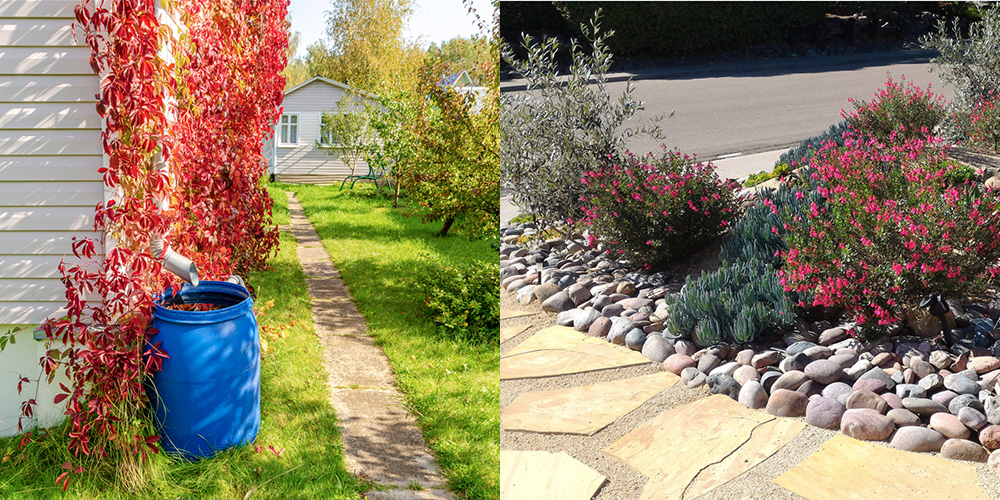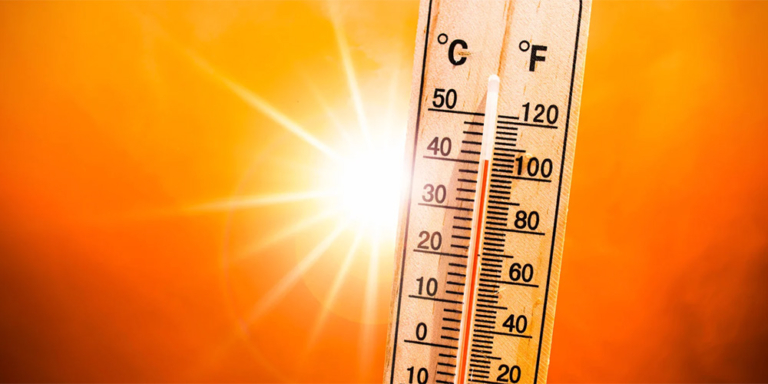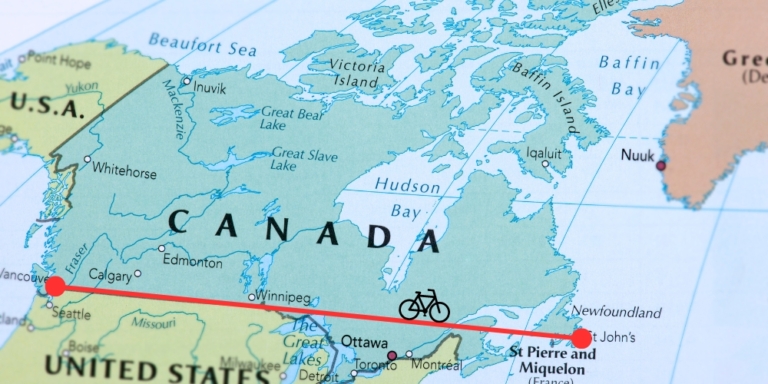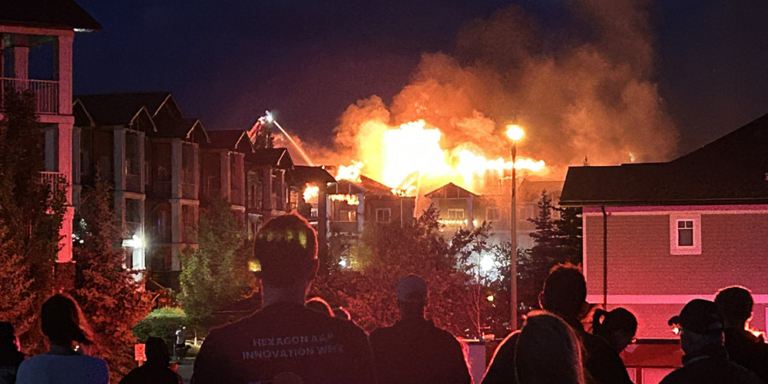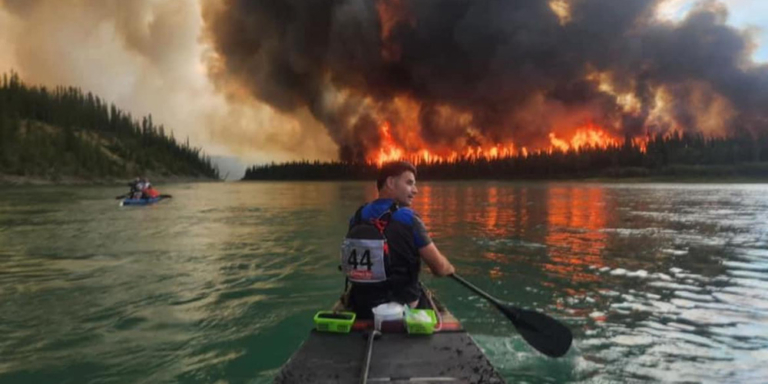Wildfire season is underway in Alberta, with blazes in the northeast threatening to recreate the devastating Fort McMurray disaster of 2016.
The provincial government’s response to last year’s record-breaking wildfire season left much to be desired.
Over 1,000 wildfires scorched more than two million hectares, displacing tens of thousands of Albertans.
However, communities across the province are taking preventative measures to stop history from repeating itself.
Our long-term drought has intensified our wildfire season over the last three years, and many communities are looking at ways to conserve water and be better prepared for wildfires.
Getting Wise with Water
Cochrane and Okotoks are offering incentives to motivate people to buy items that reduce water usage, especially when it comes to things like lawns which use plenty of water.
In Cochrane, the town offers six Water Conservation Rebates for residents looking to reduce their water usage.
These rebates include lawn alternatives, mulch, fescue sod, rain barrels, high-efficiency toilets, and high-efficiency washing machine rebates.
Cochrane resident Rebecca Carroll is taking advantage of the town’s lawn alternatives rebate.
The lawn alternatives rebate gives residents a 50 percent rebate up to $150 on purchasing lawn alternatives like rocks, drought-tolerant plants, and artificial grass.
Carroll opted for rocks, mulch, and drought-resistant plants. She isn’t the only Cochranite taking advantage of the town’s water conservation program.
According to Carroll, the number of applications for the program has more than doubled since last year.


Water You Waiting For?
Okotoks also offers a Water Conservation Rebate program, which has achieved results similar to Cochrane’s. The program sells out every year.
“Last year, the program sold out by July. This year, we’ve already used 40 percent of the allotted funds,” Jinny Toffelmire, Okotoks’ environment team leader, told Global News.
After last year’s wildfire season, residents feel motivated to replace their water-hungry lawns with drought-resistant alternatives. Cash from the town helps, too.
A 50 percent rebate can help residents renovate their lawns and gardens while reducing their water bills.
For example, an Okotoks resident can get $500 back for installing drought-tolerant grass, requiring less water and maintenance.
When Alberta first became a province in 1905, 160,000 people used about 50 litres of water per day, according to Brad Stefox, an Albertan land-use ecologist.
Today, our province’s population is nearly five million, and each person uses roughly eight times as much water as in 1905.
It’s worth noting that agriculture and irrigation combined use a staggering 50 percent of Alberta’s water.
In Cochrane, households used approximately 500 litres of water daily during summer last year. That’s almost two bathtubs full of water every day.
However, Cochrane has made great strides in water conservation. Since 2009, the town has reduced its water usage by almost 40 percent.


Flushing Money Down The Toilet
Saving water and money doesn’t stop at drought-resistant lawns. In 2003, Calgary implemented a hugely successful toilet rebate program.
The program offered homeowners and businesses a $50 rebate to install low-flow, high-efficiency toilets.
Fifty dollars might not sound like a lot, but high-efficiency toilets can be bought for as little as $100 and use much less water than standard toilets.
Before the program ended in 2016, over 100,000 standard toilets were replaced with high-efficiency models.
“Some of the toilets that we changed out were 35 and 40 years old, which were old water guzzlers. There was no need for it,” plumber J.D. MacDonald told Global News.


To curb water usage in Alberta, rebates alone are insufficient, which is why many southern Albertans are turning to rain barrels.
Residents like Richard Burke, a member of the Horticultural Society of Lethbridge, bought a rain barrel and hasn’t looked back since.
According to Burke, one inch of rainwater gets him 300 gallons of water, which varies depending on your roof size.
For every inch of rain that falls on one square foot of your roof, you can collect just over half a gallon of rainwater, which adds up quickly.
That’s about 550 gallons of rainwater collected for every 1,000 square feet of a roof’s collection surface per inch of rain.
However, residential water conservation amounts to very little when the oil and gas industry consumes billions of litres each year, which accounts for ten percent of our province’s water usage
Combating climate change is a race against the clock.
The biggest contributors to the crisis, like the oil and gas industry, need to be held accountable on all fronts.
Unless we can turn around our warming climate, chances are good Alberta will be in a state of water crisis both from drought and flood more and more often. Generally, we have been trending hotter and dryer increasing the potential for fires.



